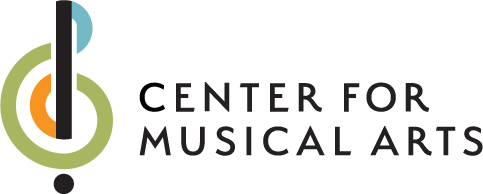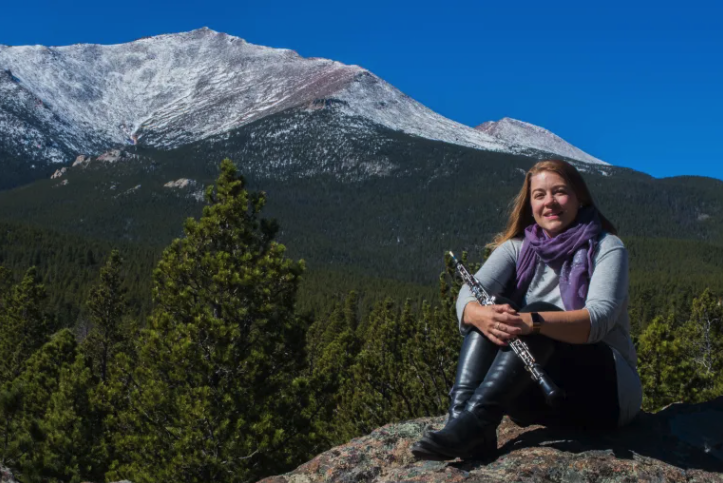 Lindsie Katz, Violinist and Educator
Lindsie Katz, Violinist and Educator
 Jennifer Stucki, Oboist and Faculty Member
Jennifer Stucki, Oboist and Faculty Member
Preparing for your first few music lessons can be a daunting task for families. What do we bring? Does my child have to play the instrument beforehand? How do we know what to practice? As a parent/guardian, do I sit in on lessons?
Not to worry! All of these are common questions instructors get leading up to and on the first lesson day (and after!).
First off, let me say that there are some general preparations most teachers will ask for as well as more specifics depending on the instrument and age. After talking with Jennifer Stucki, oboe faculty member at the Center for Musical Arts, we came up with an oboe-specific list of materials that teachers generally ask the family to bring to the first lesson and/or have at home:
Materials Needed for Oboe Lessons
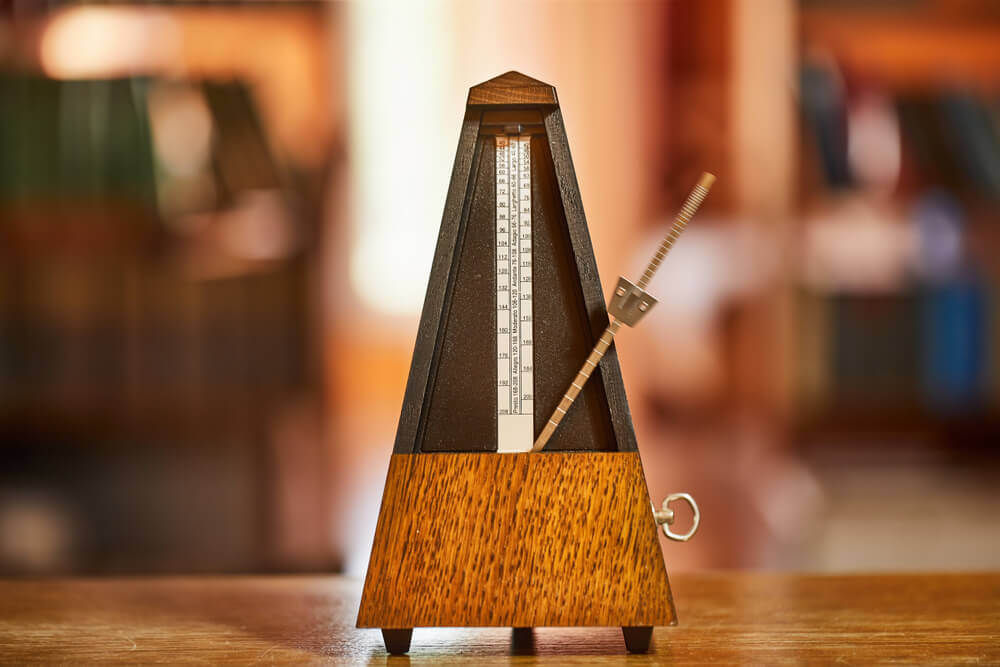
- Instrument – Jennifer prefers students to use a Yamaha oboe, but there are other options if that is not possible. The Center or your school might be able to provide one (learn about our Instrument Bank here), or you can rent one from a local music store. (If you are coming from a different instrument, the clarinet or flute for example, you might not be sure if the oboe will be the right fit for you, so renting is a great option.) When you feel ready to purchase an oboe, be sure to discuss this with your teacher before making a decision.
- Reeds – Jennifer provides custom-made reeds for a price, which is the recommended route to go. (See websites mentioned below for more reed information and accessories.)
- Notebook for lesson notes – The teacher or parent can take notes; the teacher will also write notes in the music books.
- Pencil – Always have a pencil, not a pen!
- Metronome – This is important for starting off with great rhythm and pulse.
- Music books – The books will be specific to instrument, age, and method the teacher prefers to teach; your teacher will tell you which books to get as they get to know you and your needs. (For instance, Jennifer teaches from the Rubank method.)
As oboists, you also need to know and understand all things reeds!
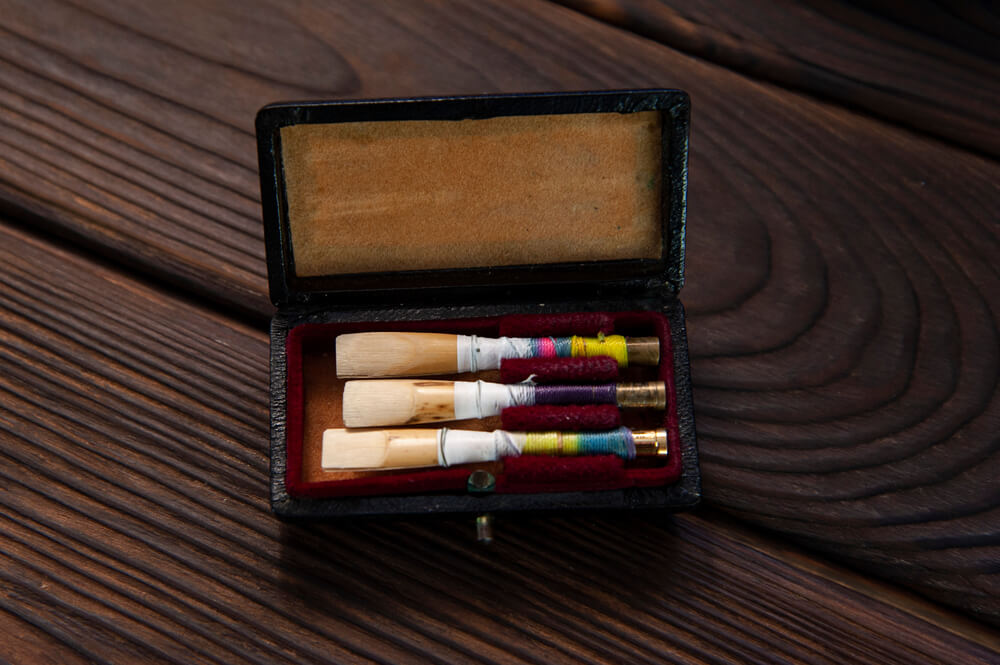
Here is a list of reed-related things that Jennifer wants her students to know about and be prepared to purchase:
- Reed case – You can buy these from a store, but they are also available on Amazon or the oboe-specific websites listed below.
- Swab – You will need a swab for cleaning out your oboe.
- Water cup – You’ll find a water cup handy for soaking your reeds.
- Supplies for double-reed maintenance – Students and parents need to be prepared to buy reeds as well as make sure the oboe remains in good adjustment. Here are four oboe-specific websites that Jennifer suggests to meet all your oboe needs:
Midwest Musical Imports | Hodge Products | Hannah’s Oboes | RDG Woodwinds
Another level of preparation is what needs to happen before, during, and between lessons in order to be appropriately prepared:
Oboe Lessons: Preparation and Mindset

- Age of student – Jennifer usually starts kids around age 11 or 12 because of the physical requirements of playing the oboe, mainly larger and stronger lungs and hands/arms. This is much later than when kids can start playing the violin or piano, for instance. She has started kids at age 9 before, but that is on the earlier side.
- Fingernails – A student’s fingernails need to be short so they do not disrupt the oboe hand position.
- Practice time – For beginners, Jennifer suggests 30 minutes per day, 5-6 days per week, if you want to progress (sometimes 20 minutes/day for younger students). The number of days and amount of time will be a continual discussion with your teacher, so be prepared for this to change. If you don’t practice, you won’t progress!
- Initiative – For Jennifer’s studio, she wants her students to take the initiative with practicing because she does not want to micromanage their time. She will regularly check in to see how it’s going and to make sure students feel supported, but expects her students to make a plan with their parents to find practice time that works for their schedule.
- Team effort – Parents are encouraged to sit in on lessons so they know what the student is working on and so they know how to help with home practice, but it is not required.
- Dedication and self-motivation – Students and parents alike need to be committed to practicing and going to lessons regularly in order for progress to happen.
- Open mindset – There will be many obstacles when it comes to learning the oboe. In order to succeed, families need to be aware that playing the oboe (or any instrument) is not about instant gratification, but rather about the willingness to work hard to learn something new. It’s worth it, we promise!
- Have fun! No matter how hard something is, like learning to play the oboe, it is always important to have fun and connect with yourself and the people around you.
Las primeras clases siempre consisten en conocerse mutuamente y conocer el instrumento.
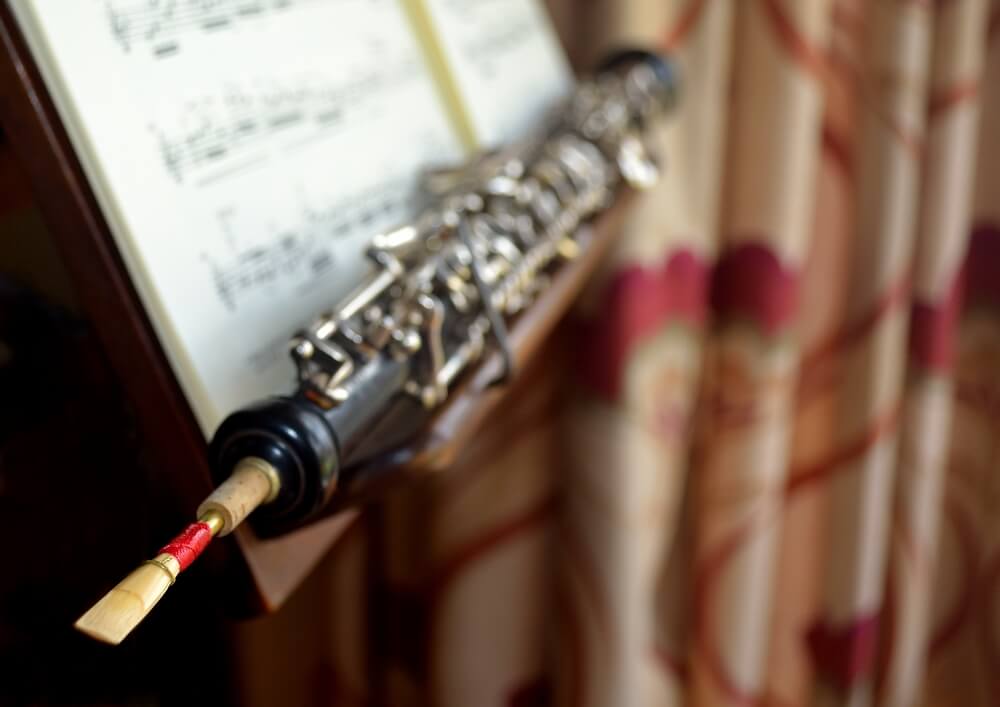
It’s usually NOT a good idea to leave your instrument on the music stand!
During the first lesson, the teacher will discuss what the student already might know about the oboe. From there, they will gauge the student’s interest and focus and can then determine how to proceed. It’s important to start with small tasks so it’s not overwhelming. For instance, Jennifer starts by talking about how to hold and take care of the instrument, how to produce a sound, and how to care for reeds.
Note-reading is another crucial skill to learn for any instrument, and many teachers have different approaches to the appropriate time to teach this. Jennifer introduces note-reading right away, especially because her beginning students are generally on the older side (between 9-12) compared to violin or piano. This helps them begin to acquire a sense of how to move around the instrument with musical knowledge in addition to physical awareness.
Practicing is another topic that is imperative to sort out – it can be tricky to create an agreement that works for both the student and the parent, but it is completely possible and very necessary, as mentioned above.
The first step is for the student, parent and teacher to all be on the same page about the amount of time to practice and what to work on. Teachers have different styles and ideas for what works for them, so this will be different for everyone. When I teach violin lessons, for instance, I ask that the parent/guardian sit in on lessons as much as possible so that they know what and how we are working on things and can therefore help the child practice at home. This is especially helpful for younger children – to the age of 10 at least. We all know that schedules can be incredibly busy, so dropping your kid off sometimes might be necessary. However, the more physically present you are, the more your child will get out of lessons.
Parental commitment and engagement is a big factor that determines the success of the student. Remember, there is no “I” in “team.” The oboe is a very challenging instrument and it takes a lot of perseverance to succeed. If the student has switched from another instrument, expect a period of adjustment to feel comfortable and confident. When all of us work together, the student can thrive, and that is what we all want!
Feliz música!
Para saber más sobre las clases de iniciación a cualquier instrumento, visite nuestra página de clases.
